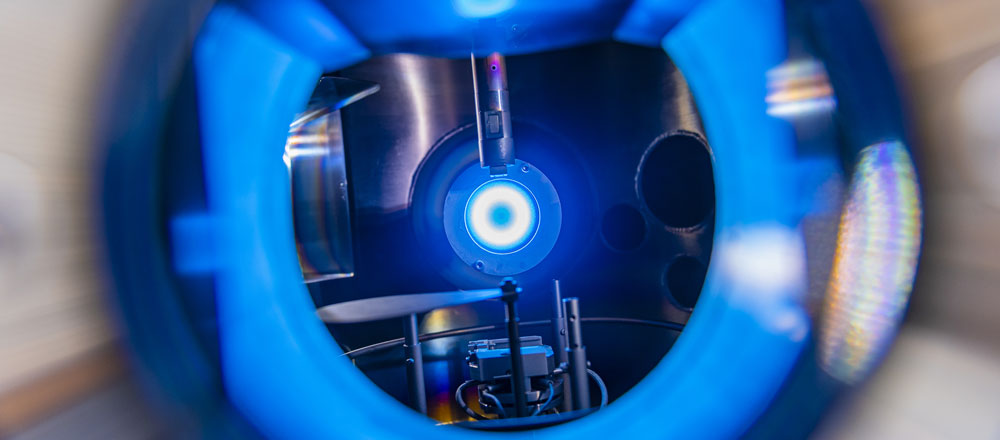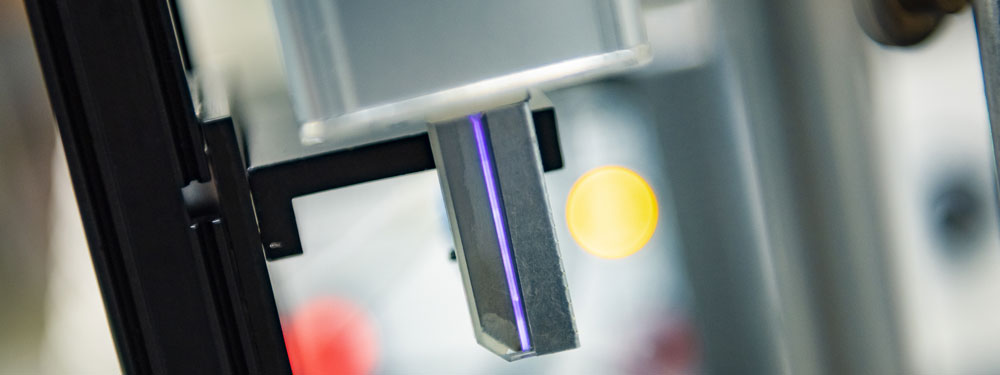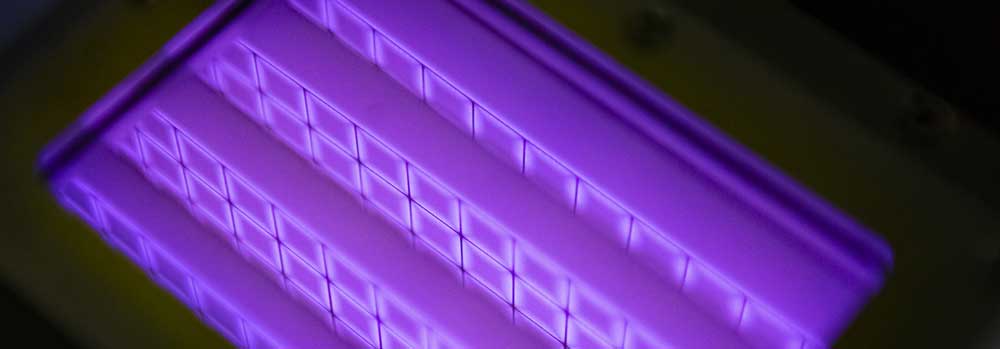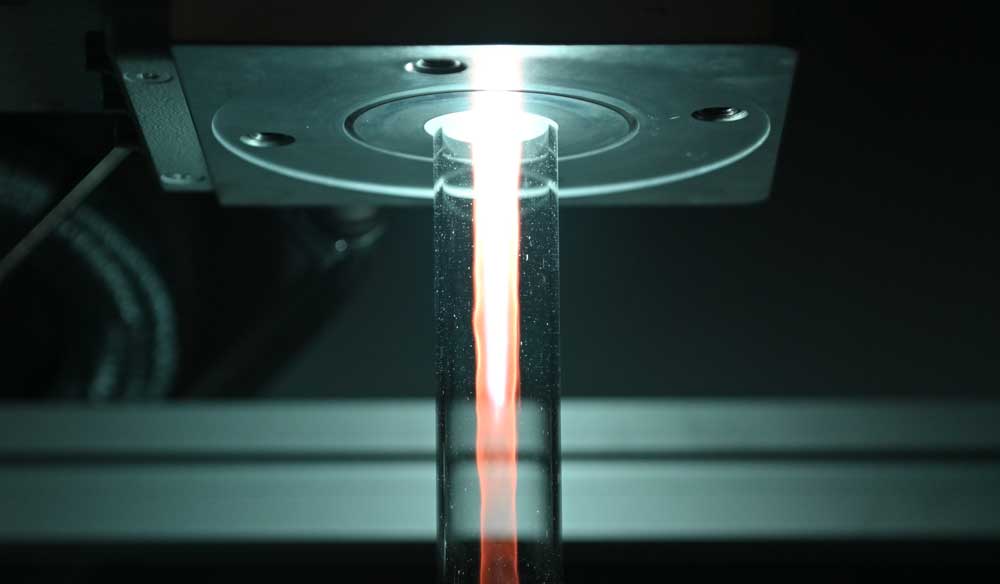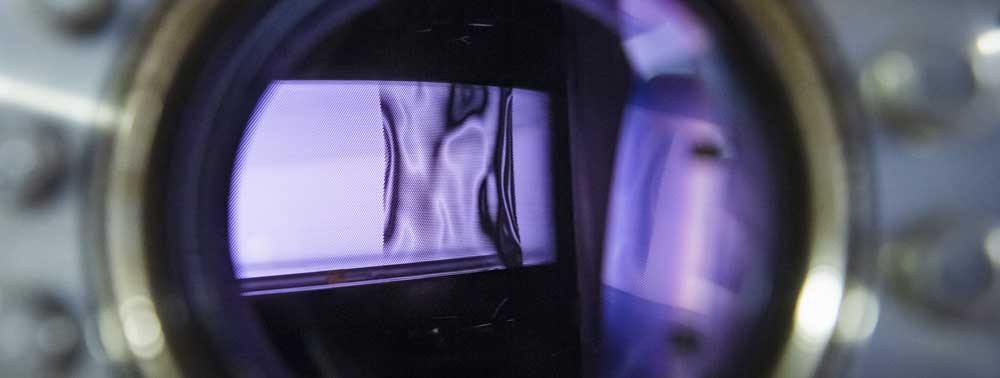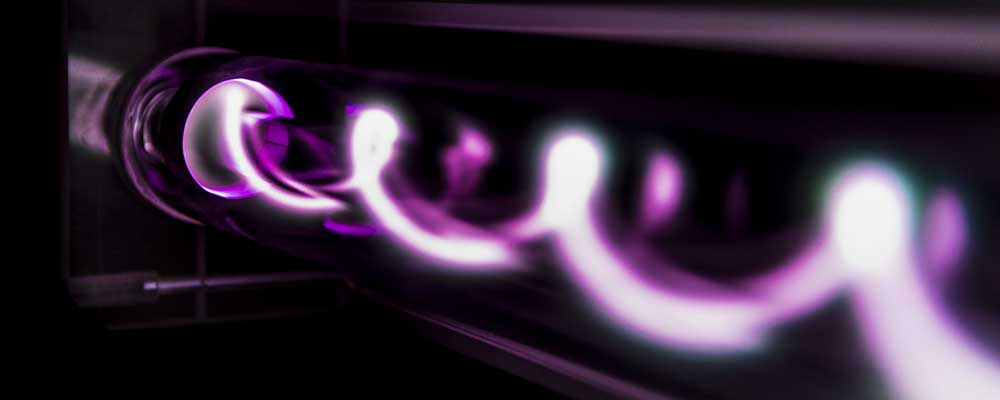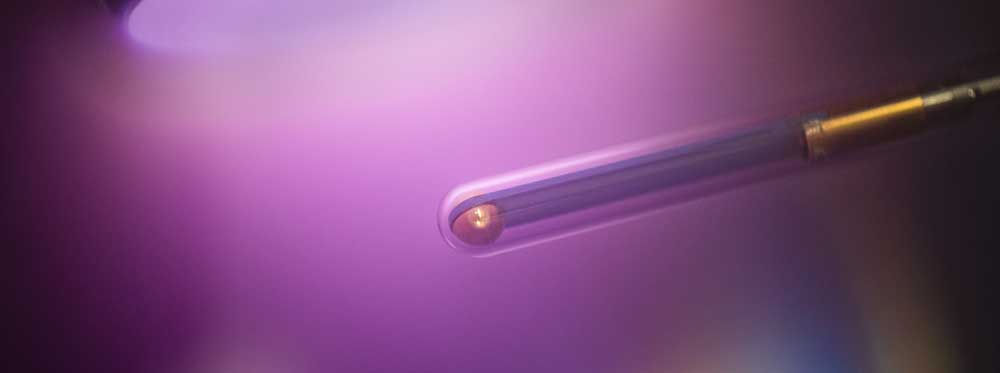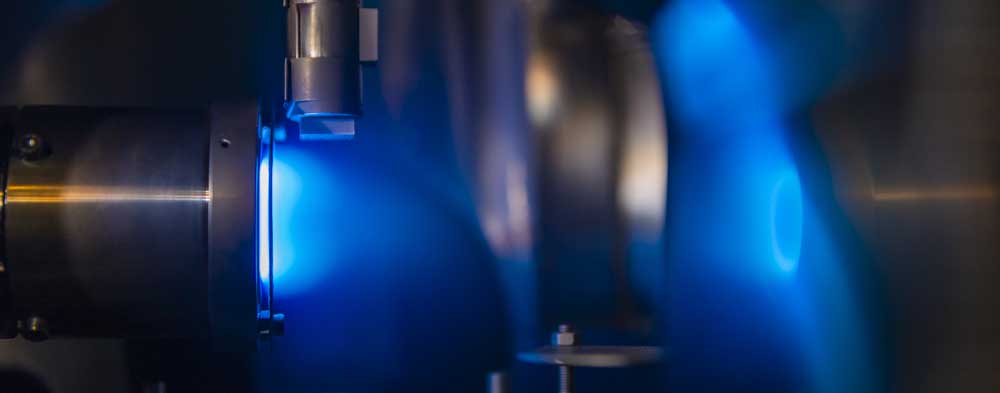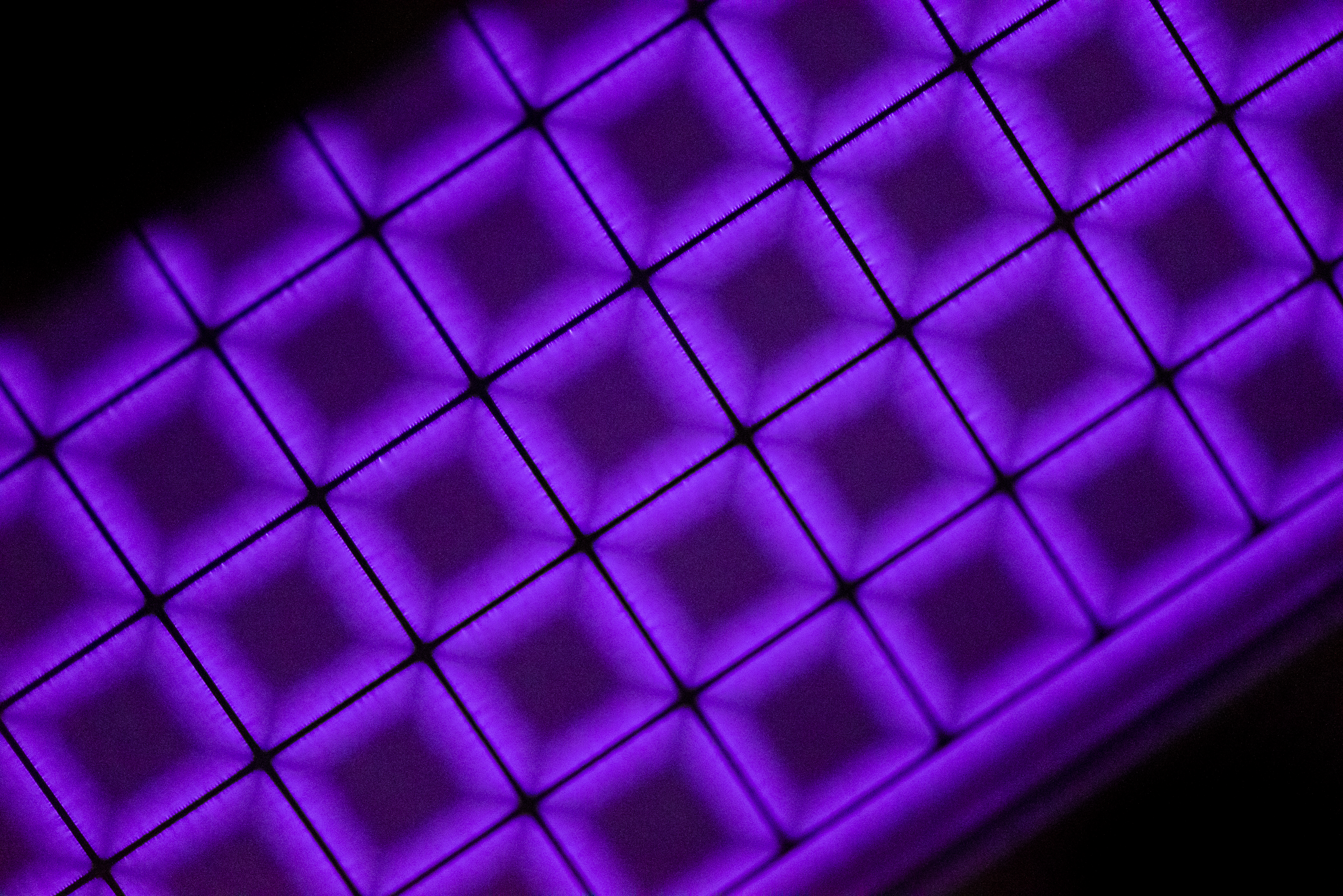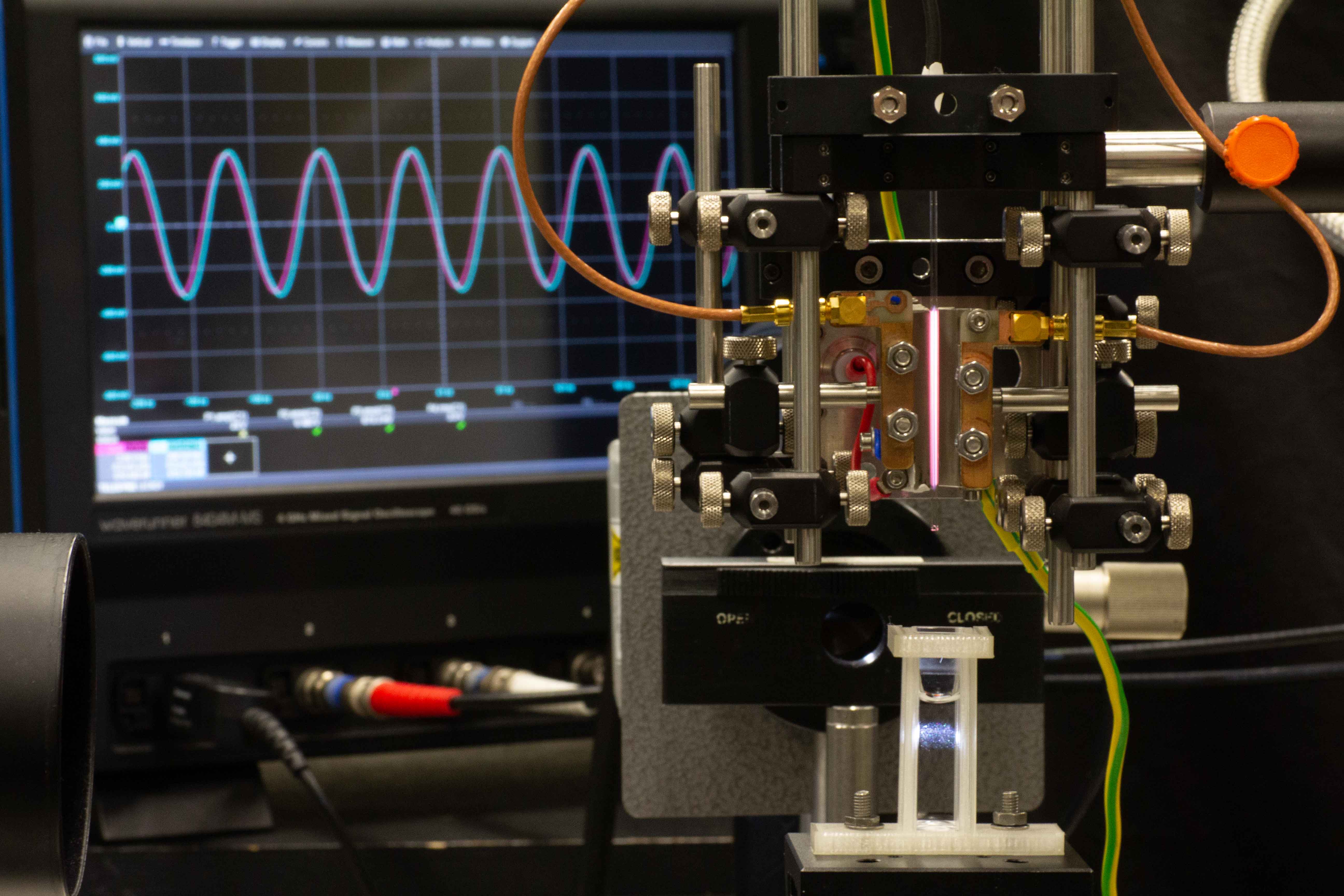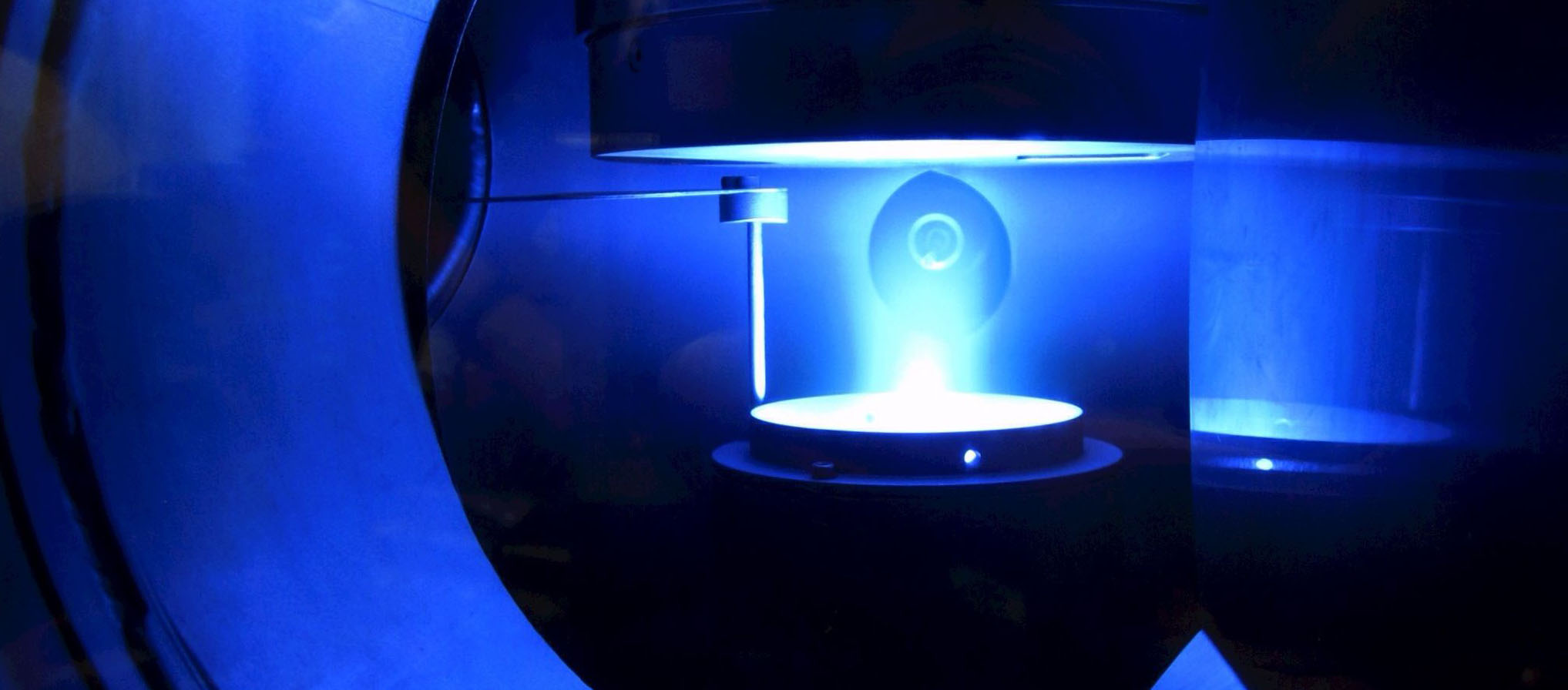2013 - 2017
RAPID - Reactive Atmospheric Pressure Plasma Processing Education Network - MC-ITN
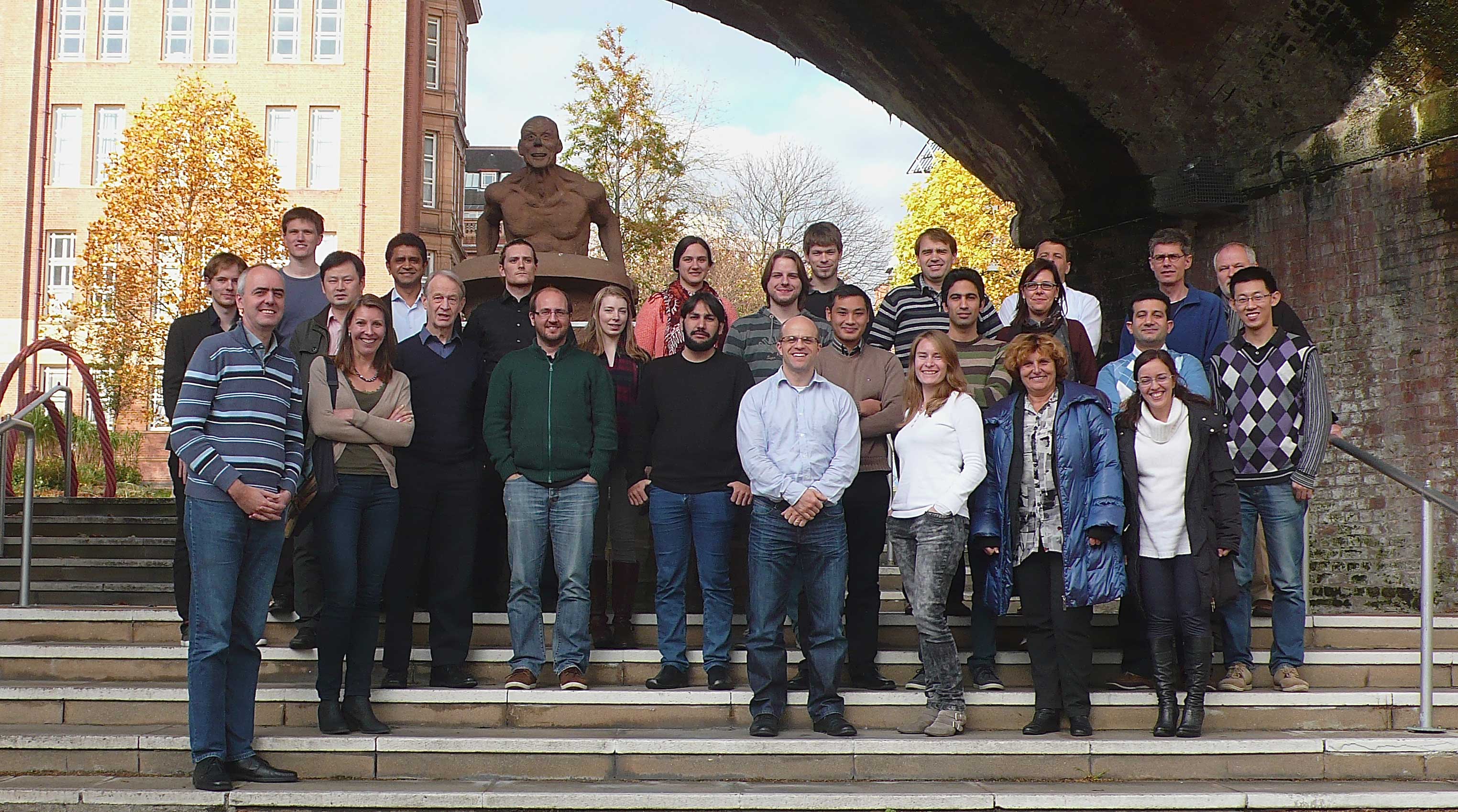 The goal of the Multi-Partner ITN-RAPID (Reactive Atmospheric Plasma processIng - eDucation network) is the realization of an interdisciplinary training involving the disciplines physics, chemistry and engineering. As a result, RAPID will create the platform for a truly European PhD in plasma technology. The scientific goal is the development of non-equilibrium reactive processes in atmospheric pressure plasmas. Thereby, the great success of low pressure plasmas enabling a multitude of applications ranging from material synthesis, automotive and microelectronics can be repeated. In addition, even more applications become possible due to the easy integration of atmospheric pressure plasmas in current industrial processes. Hot topics such as large area solar cells, barrier coatings to improve the permeation properties of polymers and plasma chemical gas conversion are selected. The research success requires a specific training covering diverse aspects such as modeling and simulation of plasmas and surfaces, diagnostic to validate these models and the implications for industrial scale-up. This will be trained in a coordinated effort involving 10 academic and 10 industrial partners from 8 European countries.
The goal of the Multi-Partner ITN-RAPID (Reactive Atmospheric Plasma processIng - eDucation network) is the realization of an interdisciplinary training involving the disciplines physics, chemistry and engineering. As a result, RAPID will create the platform for a truly European PhD in plasma technology. The scientific goal is the development of non-equilibrium reactive processes in atmospheric pressure plasmas. Thereby, the great success of low pressure plasmas enabling a multitude of applications ranging from material synthesis, automotive and microelectronics can be repeated. In addition, even more applications become possible due to the easy integration of atmospheric pressure plasmas in current industrial processes. Hot topics such as large area solar cells, barrier coatings to improve the permeation properties of polymers and plasma chemical gas conversion are selected. The research success requires a specific training covering diverse aspects such as modeling and simulation of plasmas and surfaces, diagnostic to validate these models and the implications for industrial scale-up. This will be trained in a coordinated effort involving 10 academic and 10 industrial partners from 8 European countries.
Spokesperson
Prof. Dr. Achim von Keudell
Ruhr-Universität Bochum
Research Group Reactive Plasmas
Institute for Experimental Physics II
Faculty for Physics and Astronomy
Buildung NB 5/125, 44780 Bochum
Email:
http://reaktiveplasmen.rub.de/
Deputy Spokesperson
Prof. Dr. Anjana Devi
Ruhr-Universität Bochum
Chair II of Inorganic Chemistry
Faculty of Chemistry and Biochemistry
Group Devi - Chemistry of Inorganic Materials
Universitätsstraße 150
Building NC 2/74, 44780 Bochum
Email:
2012 - 2016
FOR 1123: Physics of Microplasmas
 Microplasmas have gained very high attention recently. They are operated at around atmospheric pressure in small volumes with a scale length of typically 100 µm. They are thus highly collisional.
Microplasmas have gained very high attention recently. They are operated at around atmospheric pressure in small volumes with a scale length of typically 100 µm. They are thus highly collisional.
Still, due to the confinement in narrow space, microplasmas have pronounced non-equilibrium properties with hot electrons but cold gas temperature. They are most useful for a variety of applications. Though the absolute power may be small their power density is enormous. They are characterised by high electron densities and very high electric fields close to the surface. The Debye length contracts below 1 µm, the mean free paths of species become very small and the classical separation between bulk and sheath disappears. Microplasmas can have extreme properties.
Subject of this Research Unit is a systematic investigation of selected microdischarge configurations in order to better understand their complex dynamics from breakdown to full evolution of the discharge, understand the space- and time dependent transport of energy, radiation and reactive species, and the plasma surface interactions under these extreme conditions. Finally, we investigate prototypical applications of microplasmas.
The key physics questions we want to address are:
- understanding the space- and time dependent energy coupling, energy flow, radiation, transport and the reactive particle balance inside and outside of the microdischarge
- understanding the discharge dynamics from ignition to discharge evolution during rf-phases
- understanding what governs their stability
- understanding and controlling plasma surface interactions of microdischarges.
Within this Research Unit we will address the following work packages:
- investigation of the discharge breakdown and of the control and modification of plasma surface interactions with its implications on discharge properties using intense photon fields
- diagnostics of microplasmas with cutting edge, partly unique techniques such as phase resolved optical emission spectroscopy, multi-photon laser based spectroscopy using nanosecond lasers, broadband absorption spectroscopy employing femto second lasers, Thomson scattering and CARS-type measurements and molecular beam mass spectrometry
- modelling of microdischarges focussing on non-linear sheath phenomena and on "global" approaches as well as the treatment of the kinetics by PIC methods in very close connection to experiments
- exploration of two selected applications of microplasmas in areas with particularly high potential based on the improved understanding of the complex discharge mechanisms.
Projects
- Spectroscopic investigations of transient processes in self-pulsing microdischarges (Applicant Schulz-von der Gathen, Volker)
- Investigation of transient phenomena in microplasmas by absorption spectroscopy and by laser-assisted "pump-probe"-experiments (Applicant Böke, Marc)
- Laser spectroscopic determination of electric fields, electron densities, and electron temperatures in atmospheric pressure microdischarges (Applicant Czarnetzki, Uwe)
- Breakdown, stability and similarity laws of microplasmas (Applicant Stefanovic, Ilija)
- Numerical simulation of microplasma jets and their interaction with surfaces (Applicant Mussenbrock, Thomas)
- Spatial and temporal structures in microplasmas (Applicant Brinkmann, Ralf-Peter)
- Reaction chemistry in reactive microplasma jets (Applicant Benedikt, Ph.D., Jan)
- Investigation of atmospheric pressure filamentary discharges and its application for film deposition on inner surface of tubes, cavities and flat surfaces (Applicant Awakowicz, Peter)
- Central tasks of the Research Unit (Applicant von Keudell, Achim)
Spokesperson
Prof. Dr. Achim von Keudell
Ruhr-Universität Bochum
Fakultät für Physik und Astronomie
Institut für Experimentalphysik II
Arbeitsgruppe Reaktive Plasmen
Universitätsstraße 150
44801 Bochum
Telephone: +49 234 3223680
Fax: +49 234 3214171
E-Mail:
Deputy spokesperson
Prof. Dr. Jörg Winter
Ruhr-Universität Bochum
Fakultät für Physik und Astronomie
Institut für Experimentalphysik II
Arbeitsgruppe Reaktive Plasmen
Universitätsstraße 150
2010-2022
SFB-TR 87: Pulsed high power plasmas for the synthesis of nanostructured functional layers
Research Goal
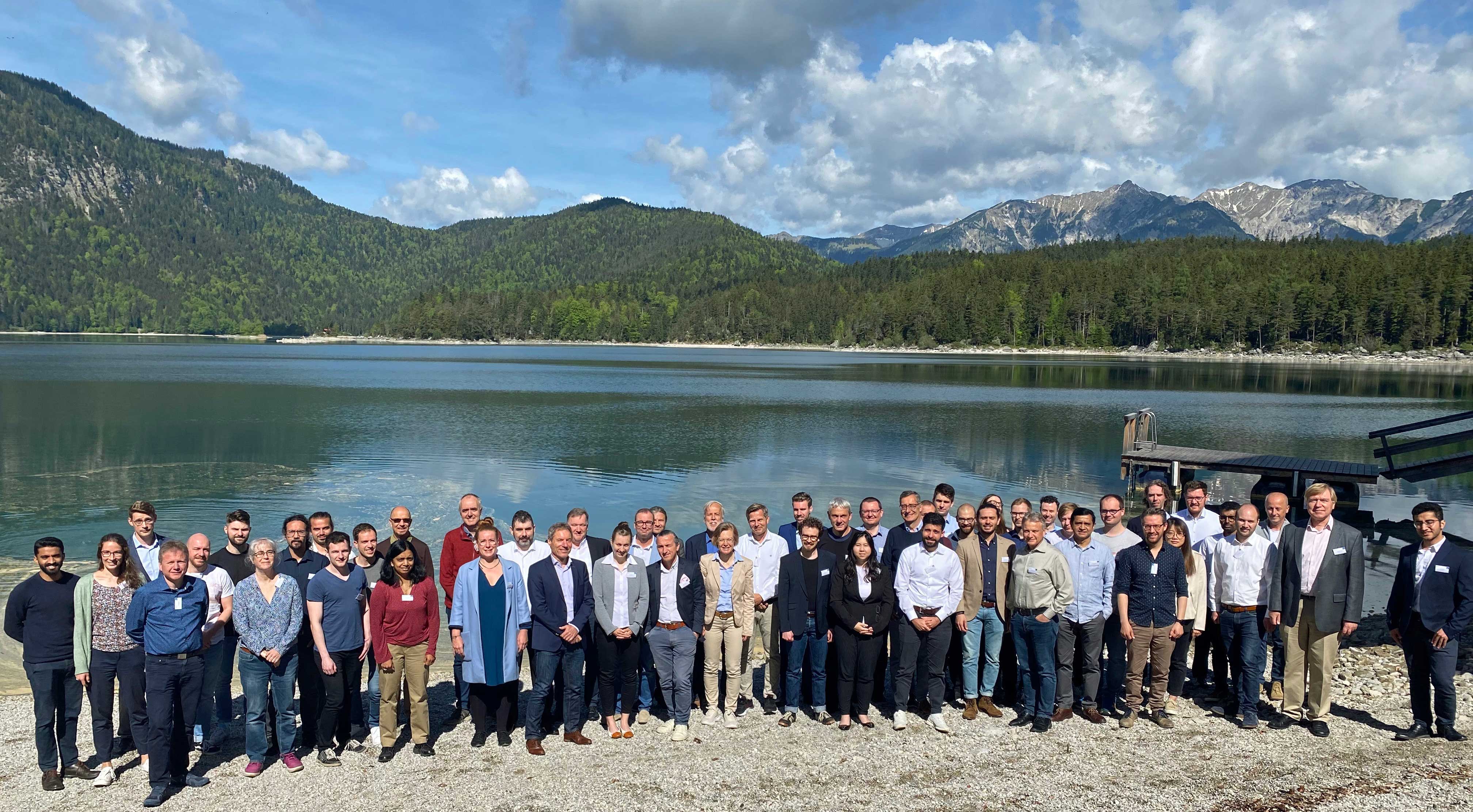 Structure widths of 50 nm and less, aspect ratios of 1:100 and more, the groundbreaking successes of Plasmaoberflächentechnik point the way for microelectronics and micro and nanostructure technology. The unique successes of this technology are based not least on new plasma source concepts, without which neither the speed nor the homogeneity and stability of the processes would have been possible. To this day, both the processes and the sources are constantly being further researched and developed, with the success that the storage capacity will become even larger, the mobile phones even smaller and the PCs even more powerful. Decisive for this success is the close integration of plasma diagnostics with process technology, in-situ control of process-relevant parameters and their correlation with the structures achieved.
Structure widths of 50 nm and less, aspect ratios of 1:100 and more, the groundbreaking successes of Plasmaoberflächentechnik point the way for microelectronics and micro and nanostructure technology. The unique successes of this technology are based not least on new plasma source concepts, without which neither the speed nor the homogeneity and stability of the processes would have been possible. To this day, both the processes and the sources are constantly being further researched and developed, with the success that the storage capacity will become even larger, the mobile phones even smaller and the PCs even more powerful. Decisive for this success is the close integration of plasma diagnostics with process technology, in-situ control of process-relevant parameters and their correlation with the structures achieved.
Today's coating techniques, both cathode sputtering processes and plasma-assisted gas-phase deposition, are similar to the plasma etching processes through new source concepts beflügelt. The common feature of the further development of both techniques is a significant increase in source powers up to the megawatt range as well as a pulsed power supply, which allows a targeted Beeinflussung of the plasma parameters while simultaneously controlling the thermal load of the materials. In this way, the plasmas used continue to be operated towards extreme non-equilibrium in order to deposit new metastable high-performance coatings for tribological applications in mechanical engineering. These coating materials are not only unique in terms of their chemical composition. Their nanostructured structure can also only be produced using the latest methods of plasma technology.
The aim of the SFB-TR 87 is to investigate coating systems with unique tribological properties on metal substrates and barrier properties on plastic substrates by bundling the expertise of two sites in the fields of plasma physics/plasma technology and materials science. For this purpose, the latest, partly self-developed source technology is used and characterized by a very broad spectrum of quantitative, partly newly developed plasma diagnostics, supported by modelling and unique single particle experiments. The aim is also to investigate the relationships between material properties and plasma parameters and to use them for plasma control, layer development and in-situ layer control. In this way, the empirical approach prevailing so far is overcome and a physically and chemically based process understanding is developed.
Further information
Website SBF TR 87 http://www.sfbtr87.de/
Spokesperson
Prof. Dr.-Ing. Peter Awakowicz
Lehrstuhl für Allgemeine Elektrotechnik und Plasmatechnik
Fakultät für Elektrotechnik und Informationstechnik
Ruhr-Universität Bochum
Universitätsstraße 150
44801 Bochum
Tel.: +49 (0) 234 - 32 22487, 23062 Sekretariat
Fax: +49 (0) 234 - 32 14230
Deputy Spokesperson
Prof. Jochen M. Schneider, Ph.D.
Lehrstuhl für Werkstoffchemie
Fakultät Georessources und Materialtechnik
Rheinisch-Westfälische Technische Hochschule Aachen
Kopernikusstraße 10
52056 Aachen
